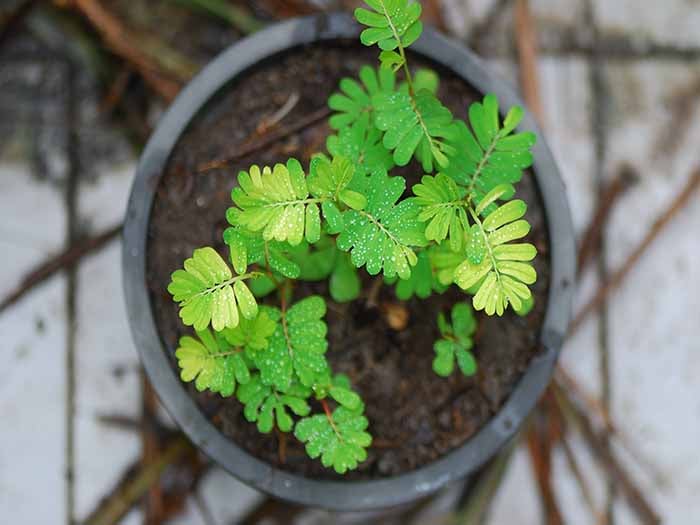Many people use chanca piedra for its ability to help gastrointestinal and kidney health, among various other impressive health benefits.
What is Chanca Piedra?
Chanca piedra is tropical plant scientifically known as Phyllanthus niruri and can be found growing in the Amazon Basin of South America, as well as in many coastal and tropical areas. For thousands of years, this plant has been used by indigenous people as a part of their traditional medicine, and the entire herbal plant can be used in different preparations. There are a variety of phenolic compounds in this plant that can have a range of effects on the body, and when taken in proper doses, this herb is completely safe. That being said, it is important to trust the source of the chanca piedra, particularly when it comes in supplement form, as there is often a high concentration of fillers and very little of this medicinal herb. [1]

Chanca piedra herb extracts are used for kidney stones by many people. Photo Credit: Shutterstock
How Does Chanca Piedra Work?
Chanca piedra works by stimulating both the liver and kidneys in a number of ways. First and foremost, this supplement is able to increase the secretion of bile by the liver, which can help with digestive effects. Some of the other active ingredients are able to do the following: [2]
- Reduce fever and inflammation
- Stimulate the immune system
- Increase the frequency of urination
All of this can act as a tonic for the body, as it can flush out toxins and stimulate healthy repair and recovery.
Benefits
The many benefits of chanca piedra include its ability to ease digestive issues, prevent gallstones, boost liver health, and strengthen the immune system against bacterial and viral infections. There are also many other medicinal claims, backed up by anecdotal evidence, regarding what this herb can do, including the following:
- Prevent the formation of kidney stones
- Treat hepatitis B
- Regulate symptoms of diabetes [3]
- Lower blood pressure
- Relieve a sore throat and cough
- Revitalize the immune system [4]
- Increase appetite
- Decrease oxidative stress and inflammation [5]
- Shrink and prevent gallstones
- Boost liver health
- Ease symptoms of asthma
- Eliminate symptoms of constipation
- Protect against malaria
- Speed the recovery from bronchitis
- Relieve dizziness
- Prevent anemia [6]
- Break fevers
- Treat gonorrhea
- Reduce swelling and water retention
- Soothe inflammation in the respiratory tracts
- Treat urinary tract infection (UTI)
- Treat herpes
- Treat typhoid
- Reduce pain
- Prevent syphilis
- Reduce the risk of tremors
Dosage
To avoid unwanted and potentially dangerous side effects, it is important to take the correct dosage of chanca piedra. While the formal literature on dosage for particular conditions is limited, there are some general recommendations for intake of this supplement. [7]
- Generally speaking, you can safely consume up to 400 milligrams of chanca piedra three times per day, but you should not regularly consume it for longer than one month.
- For the treatment of kidney stones, you may take slightly more for a longer period of time (three months, instead of one).
- A mild tea can also be brewed and consumed 2-3 times per day, and there are concentrated extracts that can also be mixed with water. [8]
- For the treatment of acute viral hepatitis or hepatitis B, between 400 and 1,100 milligrams should be taken three times per day.
Clearly, the dosage ranges significantly, so be sure to speak with your doctor or a trained herbalist regarding your particular condition.
Side Effects
There are some side effects of chanca piedra, particularly if it is taken in excess, such as the following:
- Worsening of bleeding disorders
- Higher risk of diabetes
If you are planning to undergo surgery, avoid using this supplement. Also, if you are pregnant or breastfeeding, it is not recommended that you use this herb.
